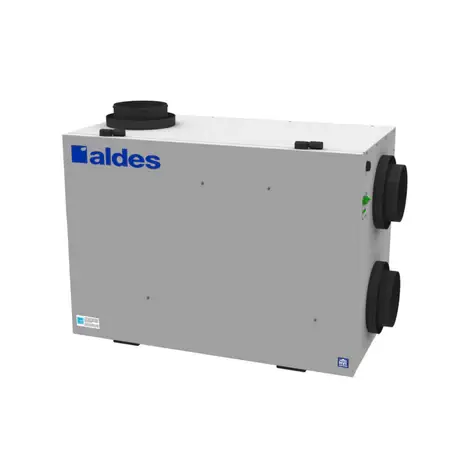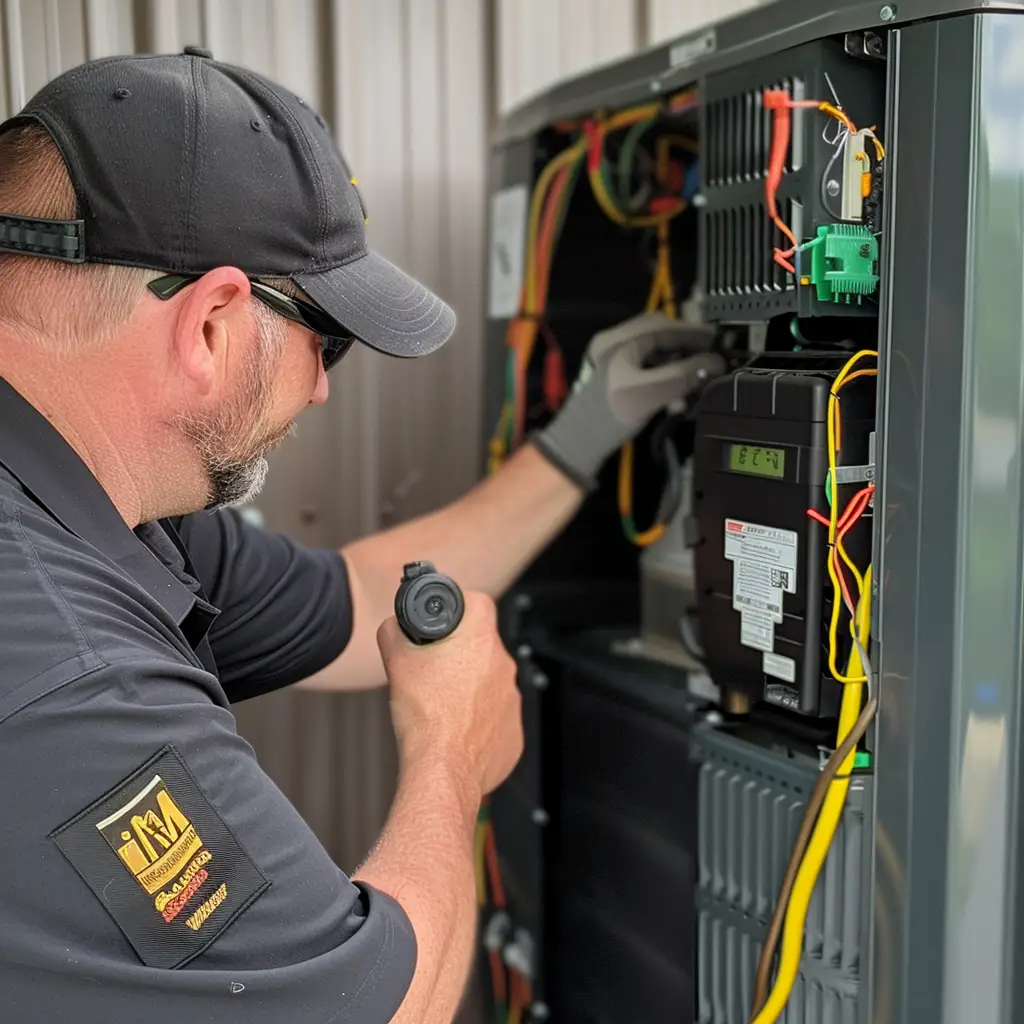As we spend a significant amount of time indoors, the quality of air inside our homes or offices is crucial. One way to ensure fresh, healthy indoor air is by installing an HRV system. But what exactly is an HRV system, and how can it benefit you? Let’s find out!
What is an HRV System?
An HRV (Heat Recovery Ventilation) system is an energy-efficient technology designed to provide fresh air and improve the indoor air quality of your building. This system efficiently swaps stale indoor air with fresh outdoor air, while simultaneously preserving heat and maintaining a comfortable indoor environment.
How does an HRV System work?
Simply put, an HRV system operates by exchanging the indoor air with outdoor air. The heat from the outgoing air is transferred to the incoming cold air in a heat exchanger, maintaining a balanced indoor temperature.
Major Benefits of an HRV System
An HRV system is more than just a ventilation device. It offers a wide range of benefits:
Enhanced Indoor Air Quality
Poor indoor air quality can lead to various health issues. An HRV system continually replaces stale indoor air with fresh outdoor air, reducing indoor pollutants and allergens.
Why is Indoor Air Quality Important?
Good indoor air quality is essential to maintain a healthy living environment. It reduces the risk of health problems such as asthma, allergies, and other respiratory issues.
Energy Efficiency
An HRV system recovers heat from the outgoing stale air and transfers it to the incoming fresh air. This process saves energy that would otherwise be used to heat or cool the new air, making the HRV system energy-efficient.
How HRV Systems Promote Energy Efficiency
By reclaiming heat from outgoing air, HRV systems reduce the energy demand on your heating system, leading to significant energy savings.
Improved Health and Comfort
By maintaining a consistent flow of fresh air, HRV systems can help improve overall health and comfort. The constant ventilation can prevent the buildup of moisture and mold, further enhancing indoor comfort.
The Health Benefits of HRV Systems
Regular replenishment of indoor air can significantly reduce the risks of respiratory illnesses and allergies, providing a healthier living environment.
Economic Advantages
Though an HRV system may involve initial installation costs, the energy savings and health benefits can lead to substantial economic advantages in the long run.
Savings from HRV Systems
Reduced energy bills, fewer health-related costs, and potential increases in property value are some of the economic benefits of having an HRV system.
Is an HRV System Right for You?
Deciding if an HRV system is right for you requires consideration of several factors such as your current ventilation system, the quality of indoor air, and your energy consumption patterns. However, given its wide range of benefits, an HRV system can be a worthy investment for most homes and offices.
How to Get Started with an HRV System
Investing in an HRV system involves careful planning and professional guidance. Look for a reputable HVAC service provider and get an assessment done for your property. This will help you understand whether an HRV system would be beneficial for you, and what type would suit your needs best.
Trust AirPoint for Your HRV System Needs
In conclusion, HRV systems are a potent tool for improving indoor air quality, enhancing energy efficiency, and promoting health and comfort. The benefits range from long-term savings to a more sustainable living environment. As you consider investing in an HRV system, remember that you don’t have to go it alone. Trust the expertise of AirPoint, a Carrier factory authorized dealer and NATE certified company in Toronto. We hold the highest title of dealership with Carrier and are proud to have been awarded the HomeStars Best of the Best 2023. Our 5-star ratings on Google and HomeStars reflect our commitment to quality. All our technicians are fully certified by TSSA, HRAI, and CSA. So, if you’re looking to breathe easier and live healthier, we’re here to help with your HRV system needs.
To learn more about HRV systems, watch this video by Suite Additions
Frequently Asked Questions About HRV Systems
What is the primary function of an HRV system?
The primary function of an HRV system is to ventilate your indoor environment by replacing stale air with fresh air, while conserving energy through heat recovery.
Can an HRV system help in reducing energy costs?
Yes, by recovering heat from outgoing air and transferring it to incoming air, HRV systems can reduce energy consumption, leading to lower energy costs.
Does an HRV system require regular maintenance?
Yes, regular maintenance, such as cleaning or replacing filters, is crucial for the optimal functioning of an HRV system.
Can an HRV system improve my health?
By improving indoor air quality, an HRV system can potentially reduce the risk of respiratory issues, allergies, and other health problems related to poor air quality.
Is it expensive to install an HRV system?
The cost of installing an HRV system can vary based on several factors, such as the type of system and the size of your property. However, the potential savings from reduced energy costs can offset the initial investment over time.





